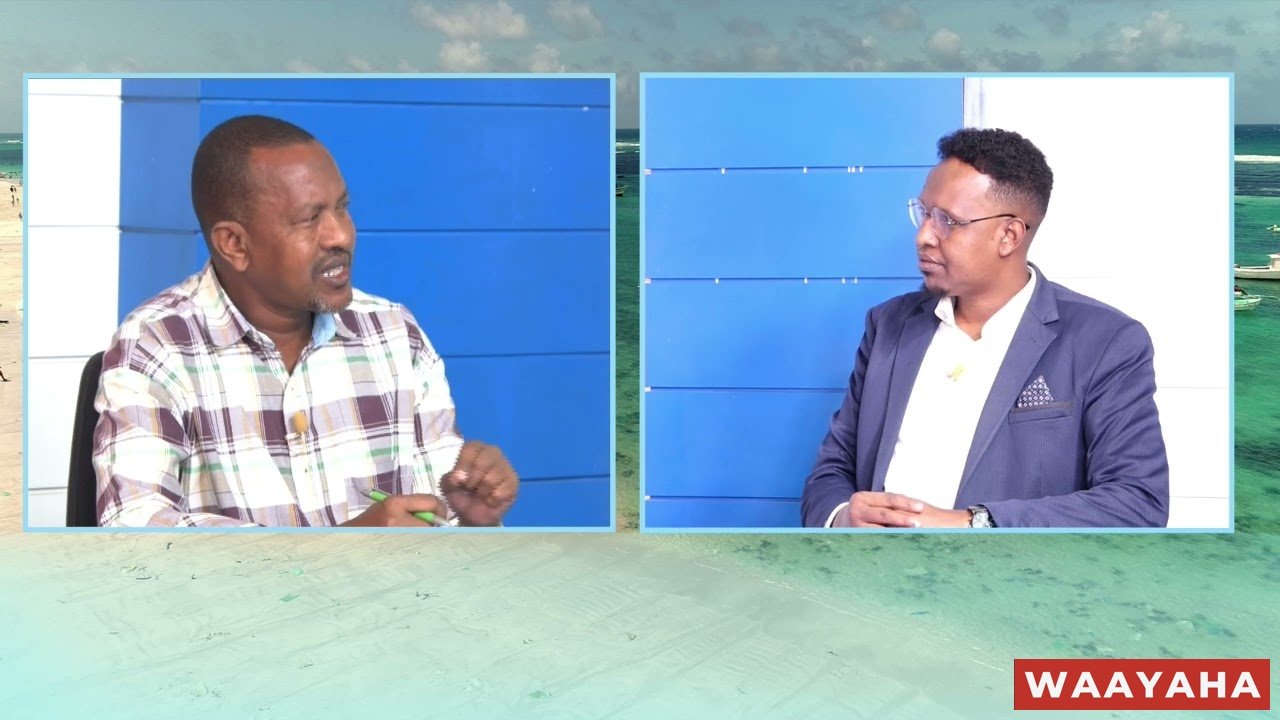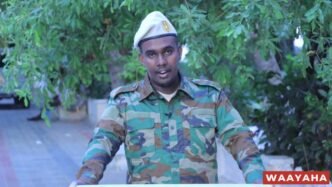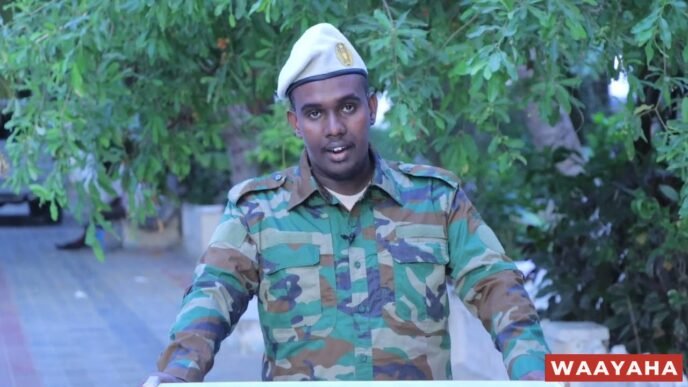Over a year ago, devastating floods and heavy rains struck parts of Somalia’s Gedo region, severely damaging crucial bridges that served as vital economic arteries for local communities and cross-border trade. Major towns like Baidoa, Buur Hakaba, and Luuq were cut off, crippling the movement of people, goods, and services.
In the aftermath, a committee was formed to spearhead the reconstruction efforts. Professor Ibrahim Farah Bursalid, the committee’s chairman, shares insights into the challenges faced and the progress made so far.
The Catastrophic Impact
Professor Bursalid describes the floods as an unimaginable catastrophe, highlighting the severe disruption to local livelihoods and economies. The destruction of the bridges brought trade and movement to a standstill, affecting millions across the region.
Challenges and Setbacks
Despite initial efforts, little tangible progress has been made in rebuilding the bridges due to various hurdles. Limited resources, lack of a comprehensive plan, and the absence of a robust disaster management framework hindered swift action. However, the committee remains determined to find solutions.
Engaging Local Communities and Diaspora
Recognizing the importance of community involvement, the committee has been actively engaging local stakeholders, diaspora groups, and civil society organizations. Fundraising efforts have yielded over $3 million, demonstrating a shared commitment to the cause.
Collaborative Approach and International Support
The committee has sought support from various international partners, including Italy, the UAE, and China. While negotiations are ongoing, the focus remains on leveraging local expertise and resources as much as possible. Professor Bursalid emphasizes the importance of self-reliance, calling on every Somali to contribute at least one dollar to the rebuilding efforts.
Resilient and Sustainable Solutions
Moving forward, the committee plans to conduct comprehensive studies to identify the root causes of the bridge failures and develop sustainable solutions. This includes exploring innovative engineering approaches, such as constructing elevated bridges or utilizing alternative materials to withstand future floods.
A Vision for the Future
Professor Bursalid envisions the Gedo region becoming a hub that connects Somalia to the broader Horn of Africa region, facilitating trade, movement, and economic growth. He sees the bridge reconstruction as a catalyst for revitalizing the region’s infrastructure and positioning it as a model for resilience across the country.
Call to Action
In closing, Professor Bursalid urges Somalis, both at home and abroad, to unite behind this cause. He emphasizes the need for collective action, self-reliance, and a steadfast commitment to rebuilding the nation’s vital infrastructure. By working together, overcoming challenges, and embracing innovative solutions, Somalia can pave the way for a more resilient and prosperous future.







